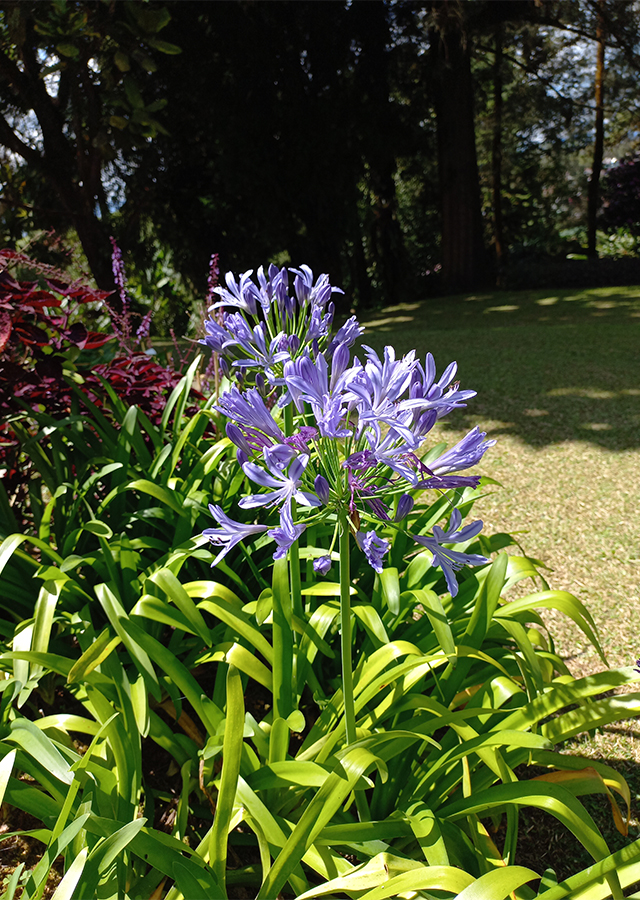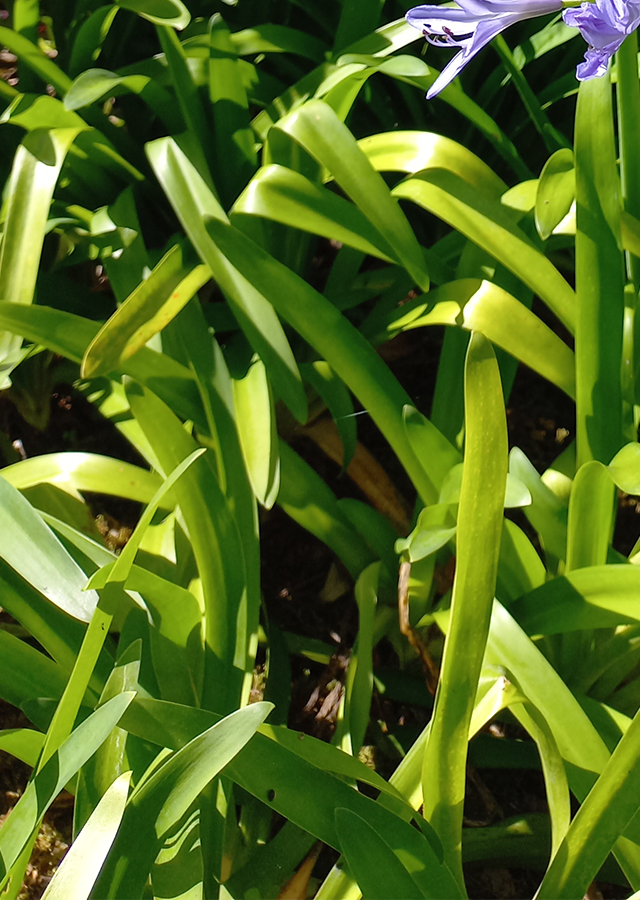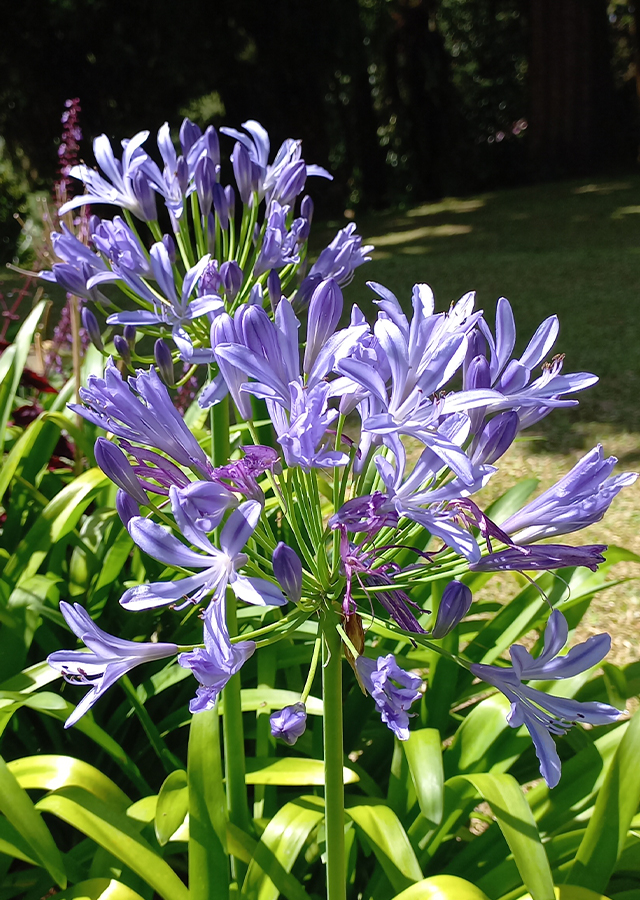Traditional Herbs from Agapanthus africanus
bathing_new_born_babies
- Prepare enough fresh African lily roots, wash them thoroughly.
- Boil until boiling.
- Use boiled water to bathe newborn babies.
fever
- Prepare\u00a0lily leaves fresh African as needed, wash thoroughly.
- Place the leaves around the wrist to reduce fever.
What is Agapanthus africanus Looks like??



Parts of Agapanthus africanus that could be used
- Leaves
- Roots
Agapanthus africanus Distribution
Aganthus africanus originates from South Africa and spreads from the Cape Peninsula to Swellendam. This name is translated from the word Agapanthus which comes from Greek, namely Agape, which means love and Anthos means flower. Therefore it is often called the flower of love. This plant is widely used in gardening for garden decoration considering the beauty of its striking blue-purple flowers. Usually used in pots or as plants along walls or fences. The shape of the flowers also makes it possible to cut them into conventional bouquets and dried flower bouquets. This plant in South Africa is also used in traditional potions, especially to overcome fertility and pregnancy problems. According to research results, this plant also has good benefits for the heart, stomach, uterotonic, as an oxytoxic, pectoral, expectorant, aperient, laxative and nephritic.Agroecology of Agapanthus africanus
Succeeds in most soils, light (sandy) and medium (clay) and prefers well-drained soil. The appropriate degree of acidity (pH) of the soil, namely slightly acidic, neutral and alkaline (slightly alkaline) soil. Can grow in semi-shade (light forest) or without shade. It prefers moist soil. The plant can tolerate marine exposure. They only flower freely if grown in a very sunny position. Rhizomes are best planted just below the surface of the soil, a mulch of gravel or stone chips will help keep the plant crown free from excess moisture.�
Morphology of Agapanthus africanus
- Thick tuberous roots.
- Stem\u00a0sturdy, bearing a tuft of long, narrow leaves.
- Leaves\u00a0basal, 2-tiered, linear-lanceolate, up to 50 cm long and 2-4cm wide. The plant is distichous: leaves grow in rows facing each other.
- The flowers have sturdy, erect flower stalks, reaching 30 to 50 cm in height. The flowers are umbel-shaped. Flowers 12 to 30, usually bright blue-purple in color, clustered at the end of the stalk.
- The fruit is a capsule with seeds inside.
Cultivation of Agapanthus africanus
- Generative propagation using seeds. Seeds are best sown as soon as they are ripe. Seeds usually germinate in 1 - 3 months at a temperature of 18 \u00b0C, do not sow too thickly so that it is possible to plant the seedlings in pots without disturbing them for the first year of growth. Divide the seedlings into individual pots about 12 months after germination, plant them for another year and then plant them into their permanent positions. The seedlings take 2 - 3 years to flowering.
- Vegetative propagation by dividing the tubers. Division is very easy in the growing season, divisions can be planned directly into their permanent positions if necessary.
Agapanthus africanus, more details :
Chemical Content of Agapanthus africanusSaponins and sapogenins of the furostane and spirostane type, including agapanthegenin and spirostane steroid sapogenins, anthyocyanins, chalcone compounds, Isoliquiritigenin, two new steroid saponins, (25R)-5α-spirost-7-ene-2-α,3β,5α -triol 3-O-[-α-L-rhamnopyranosyl-(1 �' 2 )]-β-d-glucopyranoside 1 and (25R)-5α-spirost-7-ene-2α,3β,5α, 9a-tetrol-3-O-β-D-glucopyranoside.
Benefits of Agapanthus africanus
Good for fertility and pregnancy (as a medicine to treat pregnancy-related illnesses and facilitate childbirth and a healthy child), bathing newborns, aphrodisiac, used for impotence and infertility, reduces fever.
Simplisia of Agapanthus africanus
- Prepare the roots of the African lily, wash them thoroughly with running water.
- Dry them in the sun until dry
- Choose them using a blender until they become powder.
- Store them in a clean, airtight container.
Another Facts for Agapanthus africanus :
Synonym of Agapanthus africanusAbumon africanum (L.) Britton, Agapanthus medius Lodd. ex Steud., Agapanthus minor G.Lodd.�
Habitus of Agapanthus africanus
Bush. Annual shrub, up to 1 m high
Habitat of Agapanthus africanus
- Forest", "Mountains", "Rocky Area", "Land
No comments:
Post a Comment